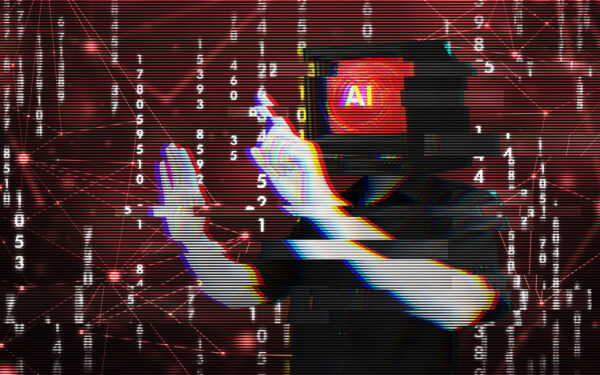Let’s face it, most cybersecurity training courses and modules don’t especially spell FUN. This remains one of the leading barriers between businesses and employee compliance. While some businesses have succeeded in strong-arming their employees to take such courses, the post-training success rate has been particularly low.
So, how do you motivate your team to actively participate in a Cybersecurity Awareness Training module?
Choose the right cybersecurity training course
The first step towards employee engagement is selecting the right cybersecurity training module and courses. The right training is interactive, educational, fun and engaging. Its delivery is also user-friendly, increasing employee engagement at all skill and technical levels.
So, what should you look for in your Cybersecurity Awareness Training module?
- Content quality: make sure the course covers all the essential aspects of cybersecurity to keep your employees and business safe. Some important topics to look for include phishing, passwords and device security, social media and social engineering, information security, as well as incident response and handling.
- Content delivery: eLearning and blended learning are the most popular cybersecurity training solutions available. Some organizations pair this with unscheduled tests to keep employees aligned with internal security goals. Consider what has worked best—or not—and iterate as needed.
- Price: pricing plays a major role when shopping for cybersecurity training modules, however, it shouldn’t be the focus. Shop for training modules that sit at the intersection of quality, appropriate delivery and affordability.
CIRA’s Cybersecurity Awareness Training rolls quality and affordability into one while training your team to become human firewalls.
Learn more about how to implement your cybersecurity training.
Training timeline
Giving appropriate timeline accommodation is essential to adoption and success. Remember that employees are busy with other tasks, and therefore, require a reasonable amount of time to complete their training.
Communication
Clear and repeated communication about training is important to get employees to partake in training exercises. Start by informing employees (in person and digitally) about why training is important to protect the organization and their jobs.
Give appropriate lead time for the information to settle in before introducing the training and send follow-up emails to remind employees of any deadlines.
This framework works best when a feedback form is implemented. This gives a better overview of employee engagement as well as areas to improve for better training delivery.
Gamify the experience
Incorporating elements like badges, points, leaderboards and timed challenges can significantly boost your employees’ learning experience. The strategy is deeply rooted in making learning less of a chore and, instead, more effective and enjoyable.
A study published in the Journal of Applied Psychology shows that gamified learning experiences can increase retention rates by as much as 90%. PwC also found that gamification can increase engagement by up to 60%.
Leveraging this experience not only challenges the competitiveness within your team but offers them a greater sense of belonging and participation.
Regular refreshers
Your organization’s security is as strong as your weakest link. Keeping human error in mind, it is important to implement ongoing tests and associated training to get all employees up to speed.
This can be deployed in the form of test phishing emails, automated social engineering tests and workplace security behaviour compliance monitoring. Employees who fail each test are directed to undertake mandatory training on specific areas they’ve failed.
Employers have found this incentivizes employees to pay closer attention to their security footprints, keeping them and the organization safe.
CIRA’s Cybersecurity Awareness Training
CIRA’s Cybersecurity Awareness Training equips your organization and team with the knowledge and best practices necessary to protect against growing cybersecurity threats and attacks. We understand that the human cybersecurity layer is often the most vulnerable, so we’ve built a solution that offers three key solutions:
- Training: engaging and relevant content about the most important topics, at the right time.
- Simulation: a best-in-class phishing engine to test your team’s ability to recognize and report human engineering attacks.
- Reporting: maintaining compliance with executive reporting to identify key metrics like repeat clickers.





